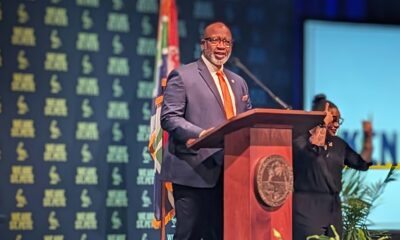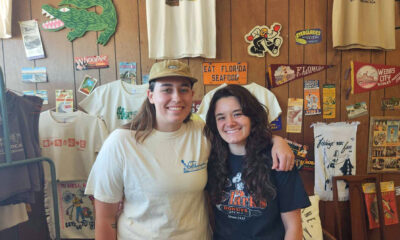Thrive
Legislature earmarks $24.3 million for USFSP science facility
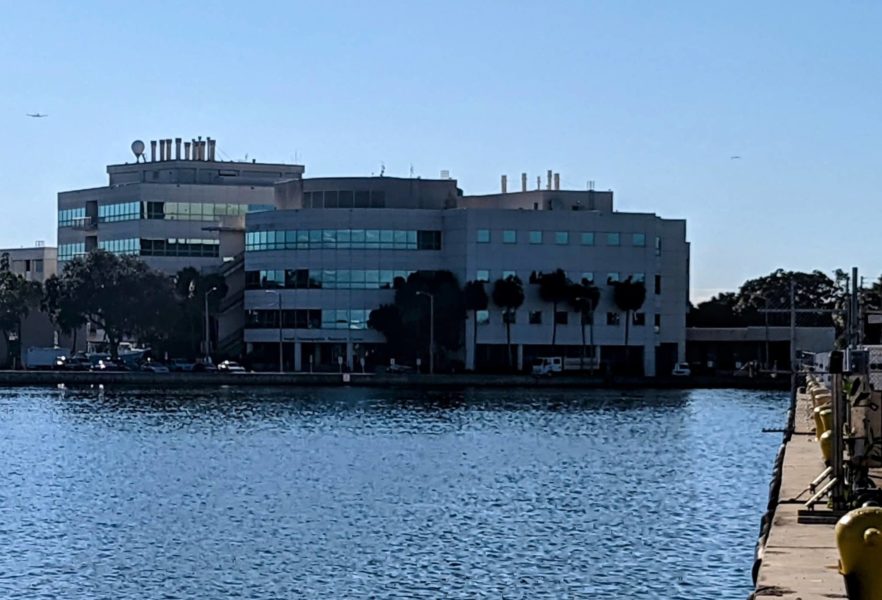
When Governor Ron DeSantis slashed funding for an expansive science research and teaching facility on the University of South Florida St. Petersburg campus from the 2022 budget, many stakeholders believed state support was just a year away.
At a campus event in January, President Rhea Law urged attendees not to think “for one moment” that the university’s leadership had paused their pursuit of building an Environmental and Oceanographic Sciences Research and Teaching Facility (EOS) in St. Petersburg.
The Florida Legislature agreed on a state budget Tuesday and allocated $24.3 million to fund the EOS’ first planning and construction phase. In a letter addressed to the USF community Wednesday morning, Law wrote, “This facility will further position St. Petersburg as a world-class center of marine and environmental science, education and community engagement.”
Christian Hardigree became USFSP’s regional chancellor in July 2022, a month after the governor vetoed $75 million for the previously estimated $80 million project. Following Tuesday’s news, she said in a prepared statement that the funding “will give us the resources to continue to help our students not only reach their goals – but excel beyond them.”
“We are particularly grateful for the funding for the Environmental and Oceanographic Sciences center of excellence,” Hardigree added. “Which, if approved by the governor, will create tremendous opportunities for students pursuing careers in this important field and make St. Petersburg a hub for businesses looking to build a talent pipeline.”
Why is this year different?
While the $24.3 million appropriation must clear DeSantis’ veto pen in the coming weeks, there is reason for optimism.
After last summer’s veto, USF Board of Trustees Chair Will Weatherford relayed in a meeting that he had a “very strong conversation” with the governor and his staff. The former Florida House Speaker assured his colleagues that there was “no philosophical challenge or issue with the building.”
Weatherford, like other insiders, believed the issue was with the amount requested for a singular facility. “The governor and his team assured me that if it comes back up again next year, they’re going to be supportive,” he said.
In November 2021, Law told the St. Petersburg City Council that she asked the Legislature for $30 million in 2022 and $30 million in 2023 to begin construction on the EOS. University officials estimated the project to cost just over $80 million, and the Florida Board of Governors recommended that USF contribute $20 million.
However, during last year’s spring legislative session, lawmakers increased the ask from $60 million to $75 million. Former Speaker of the House Chris Sprowls, a Palm Harbor resident and USF alum, led the way.
In a June 2022 interview with the Catalyst, former St. Petersburg Sen. Jeff Brandes – who participated in the session – said the increase was a bridge too far. He also believed the school would receive EOS funding in 2023 “when they come back and sharpen their pencils on what the true cost will be.”
“But it won’t be $75 million.”
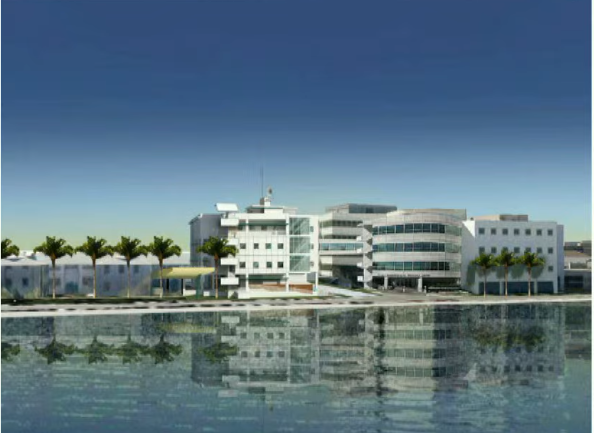
A rendering of the $80 million EOS at USFSP. Image provided.
What does it mean to St. Petersburg?
The latest appropriation is less than a third of last year’s amount and nearly $6 million below the original request. However, the funding is vital to what city and campus leaders hope to accomplish with the project.
“It puts us on the map,” Law said in January. “And we are going to work on that until we get it done.”
College of Marine Science and St. Petersburg Innovation District officials are positioning the waterfront area as a global leader in the new blue economy. Academic, government and private organizations already partner on the traditional blue economy initiatives – fisheries, tourism and maritime transportation.
The latest iteration capitalizes on improved marine data collection, analysis and dissemination to spur financial growth and address societal challenges. Steve Murawski, director of the Center for Ocean Mapping and Innovative Technologies at the College of Marines Science, and Alison Barlow, executive director of the Innovation District, applied for a $160 million National Science Foundation grant in November 2022.
According to their presentation, experts expect the ocean economy to reach $3 trillion by 2030, double the current valuation.
The potential grant, still under review, would not go towards building the EOS. Instead, they said it would complement the facility and surrounding area’s research and programming.
“It would add more leverage,” Murawski said at the time. “It just makes it more imperative to build the buildings and to work on the academic side.”
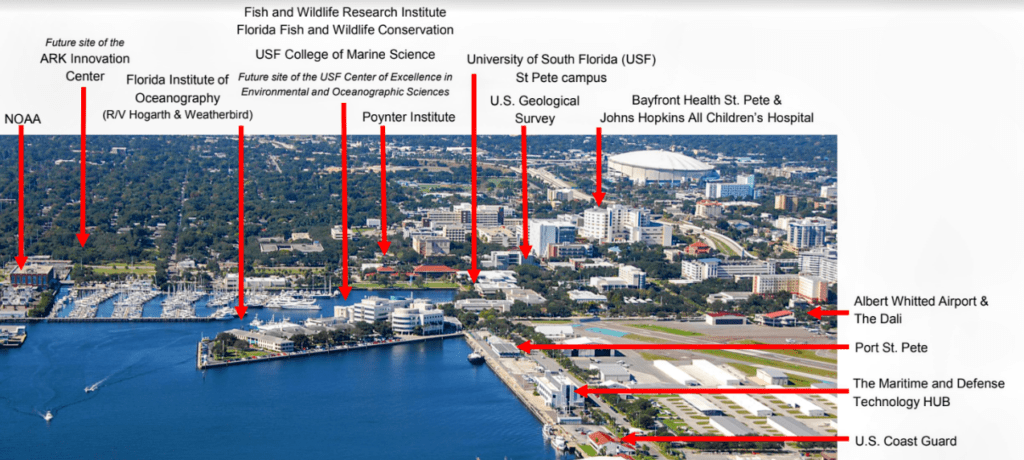
A graphic showing the Innovation District’s various marine-based organizations, including the future site of the EOS (fourth arrow from left). Screengrab.
Other funding
A university release highlighted $134 million in state funding allocated for the university and its three campuses. In her letter to the community, Law said the Legislature’s support “is a recognition of the incredible work and ongoing pursuit of excellence by our students, faculty and staff.”
“These new investments will help us advance toward our collective goal of becoming a top 25 public university and allow us to make an even greater impact for the Tampa Bay region and the State of Florida.”
Here are items in this year’s budget:
- A $63.3 million recurring increase to the USF’s operational budget will support its three campuses and USF Health. A new $100 million investment in the Preeminent State Research Universities Program contributed a significant portion of the additional money, split equally between the three preeminent institutions – USF, the University of Florida and Florida State University.
- $20 million for a new Nursing and STEM facility on the Sarasota-Manatee campus.
- $14 million for USF Health to conduct clinical trials on the effectiveness of hyperbaric oxygen therapy in treating PTSD and traumatic brain injuries among veterans and military service members. A professor currently living underwater is spearheading that initiative.
- $6.5 million for campus life facility projects.
- $3 million for USF Health to purchase and install new functional MRI machines for brain research.
- $2.9 million for the Department of Mental Health Law and Policy to develop simulation modeling tools that improve treatments for opioid use and overdoses.
Following Tuesday’s agreement, the Legislature will vote on the budget before the session’s May 5 end date. It then goes to the governor’s desk for approval.


